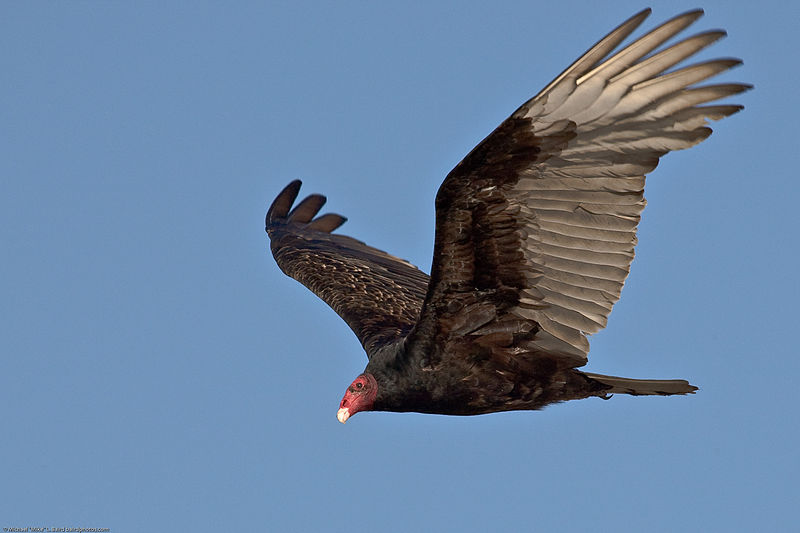Summertime Story #7

Turkey Vulture by "Mike" Michael L. Baird. Wikimedia.
A bunch of buzzards rising on thermals is not a flock, but a kettle. When they hang out together in a tree, that’s a committee. When they partake, that’s a wake. These are some of the fun facts you forgot to learn during the most recent iteration of the Boxerwood afterschool bird club at Enderly Heights Elementary School, but you learned something else, though, and here’s the story.
It is early February 2020. The Australian outback is burning. Impeachment is roiling. The pandemic is setting its fuse. Meanwhile, seven elementary students are rocking and rolling in their circle of mismatched chairs in a semi-abandoned music room high on a hill overlooking the once industrious city of Buena Vista, Virginia. Actually, Buena Vista is still industrious, still scrabbling to do right by and for its kids. Hence the school’s federally-funded afterschool program and, among its many offerings, the twice-weekly Boxerwood Bird Club.
Hey, Boxerwood educator: you’ve got the rock-and-rollin’ kids, the multiple sets of binoculars, the bird books, the bird feeders and the bird cams. You’ve got everything you need for the Club. Except birds. In winter’s weariness, urban birding—urban schoolyard birding--is bleak pickings. In fact, from your elementary perch above the city, the only thing you and the kids can reliably count on is the dreary line buzzards drifting home to roost. One day, watching one buzzard after another hook, wobble and glide over the city, you have a minor epiphany: Forget the fleeting nuthatch and chickadee, here’s your ticket: big, slow birds -- easy to find, easy to follow.
You become a Vulture Club.
You challenge students to find the black vulture in their bird books using the alphabetical index. You challenge them to find the turkey vulture. You challenge them to figure out the difference between the two, and also, why do you think, the turkey vulture is called the turkey vulture? You figure out why turkey vultures are bald. You press the audio button on the birdcall book again and again and wonder why black vultures bark like dogs.
Out on the winter blacktop with the real and heavy binoculars in your trembling hands, you look up. You watch your birds lurch over the blue roof of the high school then along the mountain flanks. You notice the silver wingtips (black vultures) and the silver blades (turkey vultures) and speculate, evolutionarily, why birds that cruise for the dead have such flashy wings. You discuss energy expenditures and conservation, and the blessing of updrafts and thermals and the aerodynamics of small post-industrial cities built against rock. With new eyes you behold your town and the carrion feeders telegraphing by dot-dot-flash the location of every uplift. You watch the vultures sink, flap, then rise.
And later, when you are back in the worn-carpet classroom with the jingly jangly forced air heater, you understand, intuitively, what’s next. In a flash, you see a new calling for that roll of institutional hand towels plunked by the corner sink. You see how well your mini-experiment might be served by every element in the classroom. You fetch the brown paper, then pry off the dented panel on the heater and shut it down.
Okay kids, you say, rip off your vultures and lay them on the grill.
The kids look at you warily, then slowly smile. They tear the paper into feathery strips, and lay their little birds down. You step back. 3-2-1: you flip the switch. With a clanky whoosh, the paper vultures fling over your heads, spinning and twirling and tumbling. You watch your birds rise higher and higher, the children laughing and jumping and squealing, hands outstretched and waving as if in midst of hot ash and cinders you are greeting that first snowfall of love.
